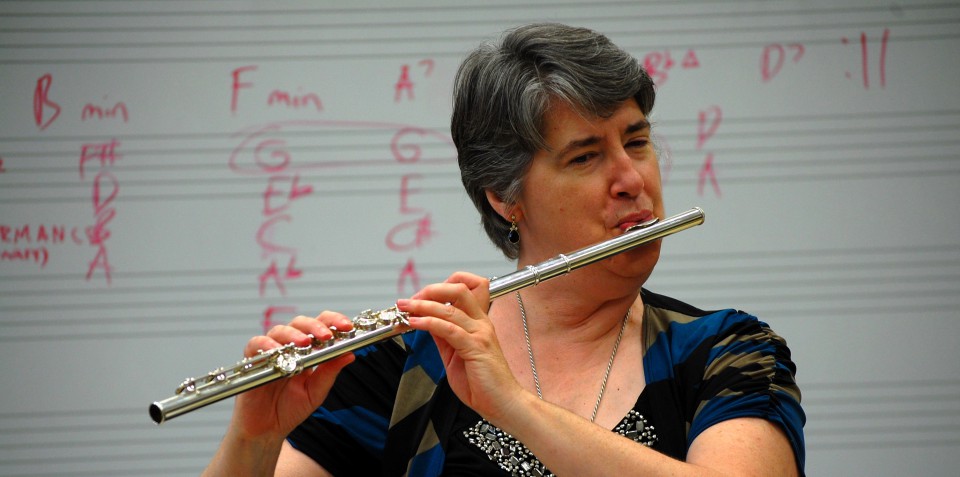 We have spent a great deal of virtual ink on this blog exploring flute embouchure, articulation, intonation, technique, dynamics and vibrato. While all of these things are essential to good flute playing, we’re overlooking the elephant in the room, namely blowing. Indeed, if you don’t have good mastery of blowing, you aren’t going to be able to articulate well, play in tune, control dynamics or play with vibrato. All the blah, blah about embouchure is meaningless if you are not moving air through the embouchure into the flute. Technique is worthless without the air behind the fingers.
We have spent a great deal of virtual ink on this blog exploring flute embouchure, articulation, intonation, technique, dynamics and vibrato. While all of these things are essential to good flute playing, we’re overlooking the elephant in the room, namely blowing. Indeed, if you don’t have good mastery of blowing, you aren’t going to be able to articulate well, play in tune, control dynamics or play with vibrato. All the blah, blah about embouchure is meaningless if you are not moving air through the embouchure into the flute. Technique is worthless without the air behind the fingers.
A few thoughts about blowing as it relates to teaching kids, in no particular order:
- Beginners – give me a kid with an enthusiastically windy sound any day over a kid that is timidly tweeting little peeps. It is much easier to help the first kid refine their sound and become more precise with how they direct their air than to get that shy kid who is barely making any sound to actually put some air into the instrument.
- Students who come to the flute from a piano background often have to be cajoled into blowing more. My conjecture about this is that they are used to thinking of the sound being generated by their finger technique. You need to help them understand their fingers make very little sound , but that their go juice on flute is the air stream.
- Hold off on teaching/expecting dynamics until you are sure the student has sufficient mastery of steady blowing to be able to understand the difference between air speed and air quantity. Getting to this point can take up to a couple years, depending on how much they play in band/practice on their own.
- Encourage your students to blow freely and refrain from using what my teacher, Tom Nyfenger, called the nay-palm, shushing your young flute players in the front row to hear the brass line behind them. The flutes are not impacting the balance of the ensemble they way you think they are. The reason they sound loud to you is they are sitting right under your baton. This is so incredibly damaging to developing young flute players. The truth is, a flute will never be able to compete in terms of volume of sound with most any other instrument in your ensemble, not a trumpet, a saxophone or even a clarinet. By shushing them and not instructing your flute players how to play more quietly, the kids develop all kinds of negative compensating behaviors such as pinching the aperture, squeezing in the throat, clenching their teeth and just not blowing. The consequence is that the flutes sound terrible and have horrendous intonation problems. These problems are then compounded if you then tell them to roll in or out to fix the pitch. All of these problems with evaporate if you encourage your students to blow in the first place.
- If your students know how to blow well, learning to play with vibrato, developing lively articulation and meaningful technique is part of a natural progression of acquiring skills. Good blowing and a steady, supported air column facilitate all these skills. You have to have the go juice first.
As always, if you find these entries useful, please subscribe, share with your colleagues and come back regularly. Feel free to comment. If you have a topic you would like to see explored more fully, you can contact me via IM/Messenger on Facebook or email me at dr_cate@sbcglobal.net. For information about clinics, workshops and performances, click here.

Pingback: The Dreaded Nay Palm | Dr. Cate's Flute Tips